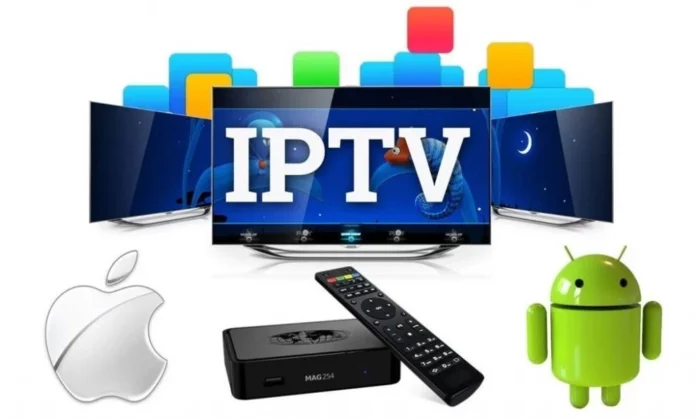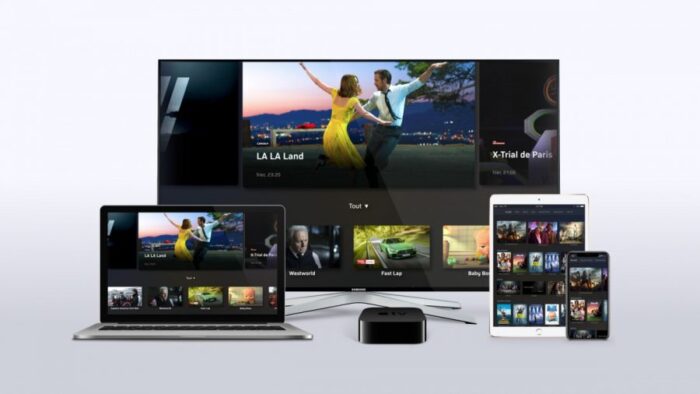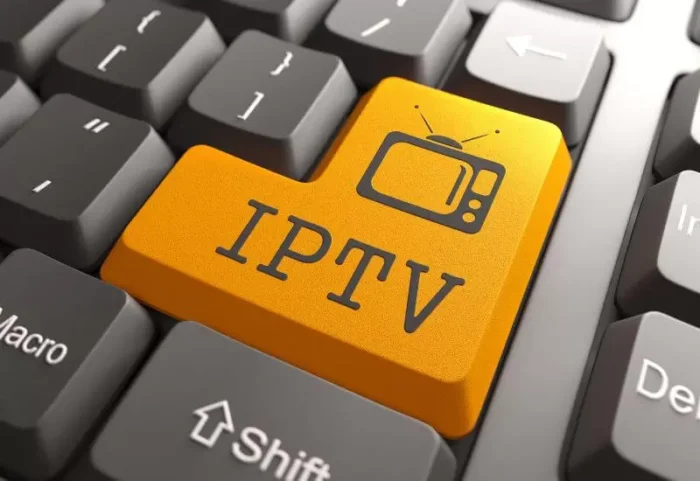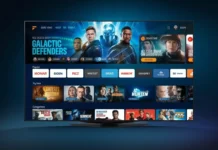
Are you looking to stream TV shows and movies on your own terms? IPTV is the answer! You can save money while watching whatever you want, whenever you want.
With this technology, getting the entertainment you crave has never been easier. Let’s take a closer look at how IPTV works.
Benefits of IPTV
IPTV, or Internet Protocol Television, is quickly becoming the preferred entertainment option for many households. This type of video streaming uses the internet rather than traditional cable or satellite services to deliver countless digital media channels directly to viewers. By transmitting content via an IP data connection, IPTV can offer a number of benefits to its users.
One advantage of IPTV is its cost-effectiveness. With conventional TV technology, viewers can be required to pay for the full packages of programming offered by IPTV service provider. By comparison, IPTV typically charges only for the channels that customers select and watch. This means a subscriber can get just the programs they want without wasting money on extras that they don’t need or use.
In addition to saving customers money, IPTV does not require any specialized hardware or installation process. Unlike with regular cable or satellite services, all a viewer needs is an internet connection and compatible devices such as smart TVs, computers and mobile phones in order to stream content. This makes it easy for anyone to easily access their favorite live shows, sports matches and on-demand movies from anywhere with an internet connection in no time at all.
It also offers viewers access to interactive features like Picture-in-Picture (PiP) as well as Personal Video Recorder (PVR). Along with PiP mode, PVR allows users to record their favorite programs so they can watch them later at their own convenience without having to wait for reruns or pay extra fees for DVR services from their providers.
The stand-out feature that sets IPTV apart from other entertainment choices is its vast selection of multimedia content – both audio and video – available on multiple devices across multiple platforms anytime and anywhere in the world with an internet connection allowing users never to miss another episode again!
IPTV Technology Overview

Internet Protocol television (IPTV) is a service that allows subscribers to stream video content over a managed network, typically a broadband connection. Unlike traditional TV services that use coaxial cables or satellite dishes, IPTV delivers live television programming through high-speed internet technology. IPTV primarily uses two types of broadcast technologies: multicast and unicast.
Multicast is used when multiple users request the same stream from the same server. This type of streaming tends to be more efficient because the server sends out one copy across its network for many people to access at once. Unicast, on the other hand, works by streaming individual content requests oriented towards a single user or device. This type of transmission often involves higher bitrates as each request is treated as an individual transmission tailored to each user’s specific needs.
They also encompasses digital rights management and subscription management systems, which are necessary components in order to offer pay-per-view content and secure streaming rights for proprietary material like movies and premium television programming. These features ensure that customers have secure access to their chosen content and that IPTV providers have mechanisms in place for protecting their intellectual property from being pirated or distributed illegally online.
IPTV Components
Internet protocol television (IPTV) is a system through which digital television services are delivered using the internet protocol suite over a packet-switched network infrastructure. This means the end user does not receive the traditional broadcast signal, but a digital signal that is sent directly over the internet.
A basic IPTV system consists of three primary components: a subscriber set-top box (STB), an IPTV streaming server, and an end-user client app. The STB houses hardware and software components necessary to receive IP content, decode it, and visualize it on a display device such as a TV or PC monitor. The server is responsible for streaming media content to different types of clients, encoding signals into multiple formats so it can be viewed by multiple devices, and applying DRM (Digital Rights Management) protection to ensure compliance with laws and regulations. In addition, servers must support sophisticated back-end technologies such as load balancing between regions to ensure availability of streams worldwide. Lastly, the client app provides an intuitive interface for end users to view channels and access other features such as Video On Demand (VOD).
IPTV Network Architecture

It is a technology which allows television services to be delivered over an internet protocol network. As such, it utilizes a network architecture that consists of both hardware and software elements.
At its core, an IPTV network is one with interconnected components and systems for the transmission and delivery of TV content. The main components that make up this type of architecture include, but are not limited to:
- Multimedia delivery platform
- Access Networks
- Set-top boxes
- Conditional access system (payment) systems
- IP distribution systems
- Network infrastructure
- Middleware components such as portals, viewers or aggregators.
The hardware components allow content to be transferred from the provider’s servers to the consumer’s device via the IPTV network. This also involves receiving signals from different sources (cable, satellite or online streaming), compressing it into a digital format and pushing it through an IP connection to a consumer device such as a Smart TV, laptop or mobile phone.
The software side requires the installation of middleware applications on user devices in order to provide integrated and personalized services such as search functions, recommendations, parental control and more. The applications then communicate with the content delivery platform in order to collect data about users’ usage behavior so that content can be personalized for them and their preferences can be taken into account when making recommendations or curating lists. Furthermore, interaction between these applications also allow for user profiles on different devices connected by the same IP address (e.g., family members’ programming).

Conclusion
To sum up, IPTV is a digital television service that uses internet protocol technology to deliver television signals and media content from various sources. It is capable of broadcasting live events with better quality than traditional cable and satellite services and can provide TV access on various devices, such as computers and mobile phones. IPTV also provides the ability to deliver interactive services, video on demand (VOD) content, games, applications, and other types of content. Furthermore, it enables users to stream endless programming at any time.
















